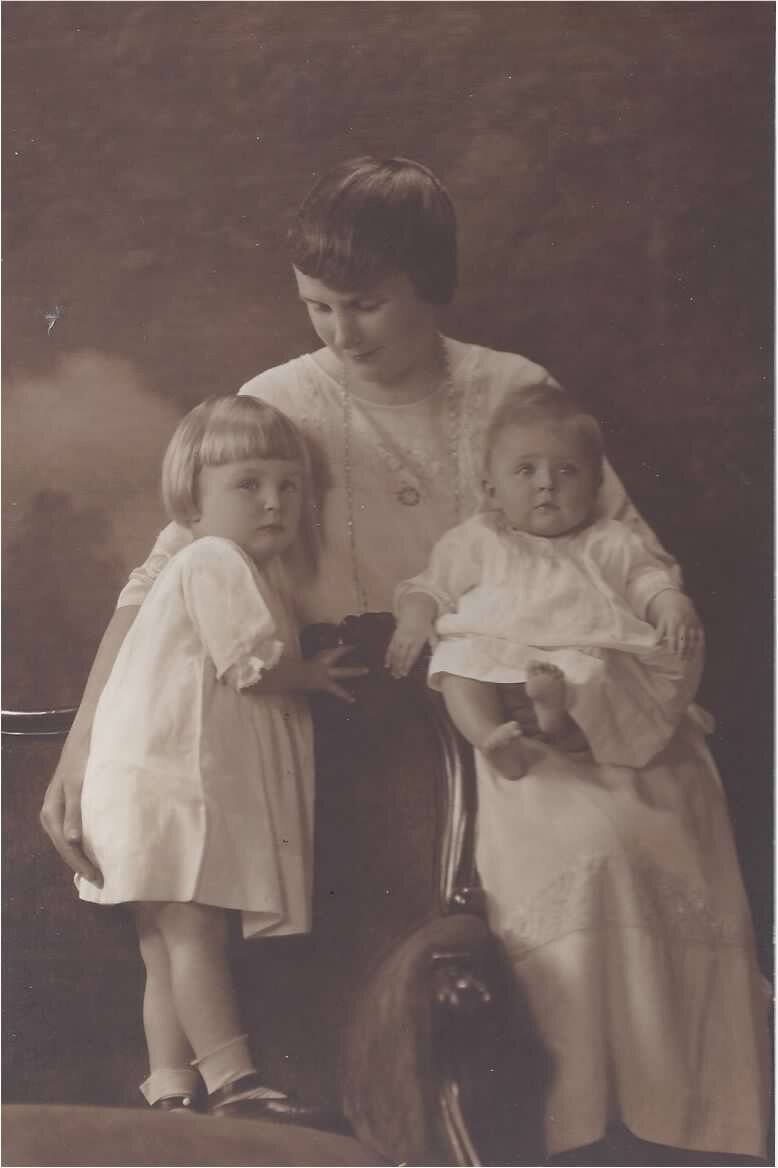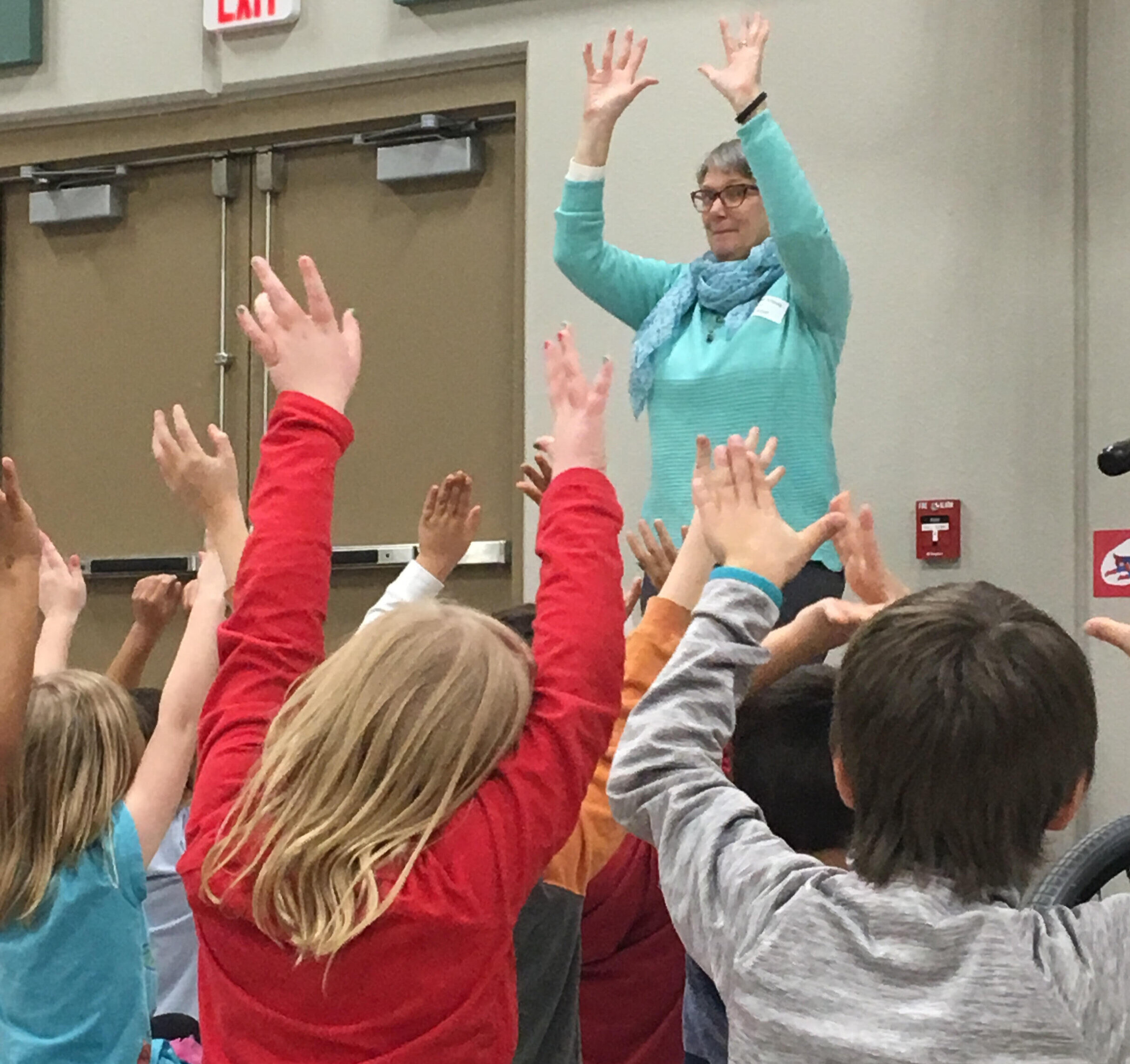Story games, songs, stretches and silliness
/So there you are, with five minutes to spend and a few (or a lot) of antsy kids to spend them with. What do you do? Try a game, a song, a stretch or some kind of silliness. I’ve been collecting these gems for longer than I have been a storyteller.
One story game is the circular story A dark and stormy night. Here’s the version I grew up with:
It was a dark and stormy night.
A band of robbers was sitting around the campfire.
At length, one got up and said, “Chief, tell us a story.”
Chief got up, lit his pipe, and began,
“It was a dark and stormy night…”
We would tell this story in every way we could think of: angry, silly, like a baby, like a cow, like a chicken, in a French accent, like a chicken with a French accent, and so forth. Eventually all the grownups would leave the room. We still do it; now the in-laws leave.
Another game we played was called “Mailbag”. One person would start a story, and after a few sentences (or sometimes, maddeningly, much more), he or she would say, “mailbag!” as the cue for the next person to take over. The cue word could be anything—in the way of children, we never questioned why that was the one we used. Now sometimes I teach an expanded version of the game I call “Magic Box”, which includes trinkets as prompts.
Magic Box is a fun pass-around story game, with endless variations
I’m still adding to my repertoire of these fillers, some of which teach story structure along the way. I search scout websites, old books of children’s songs, and friends’ memories. I’ve just added the melodramatic song Señor Don Gato to my weekday storytimes, to good effect.
I also love teaching story games, songs and stretches. I’ve set up a couple of Zoom workshops in December, if you’d like to learn some of my favorites. Feel free to bring some to share, too!













